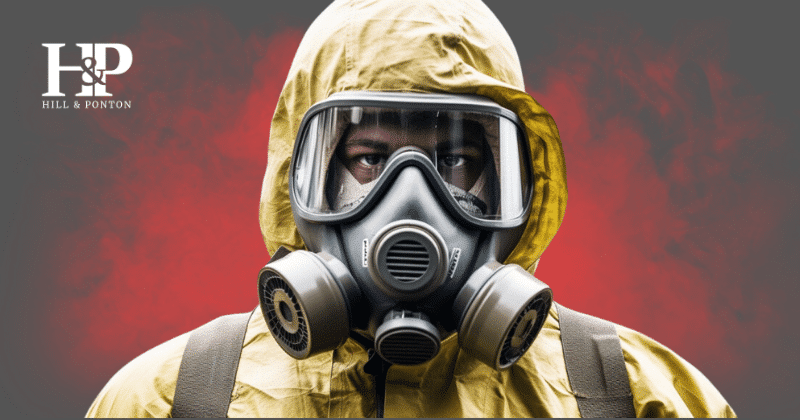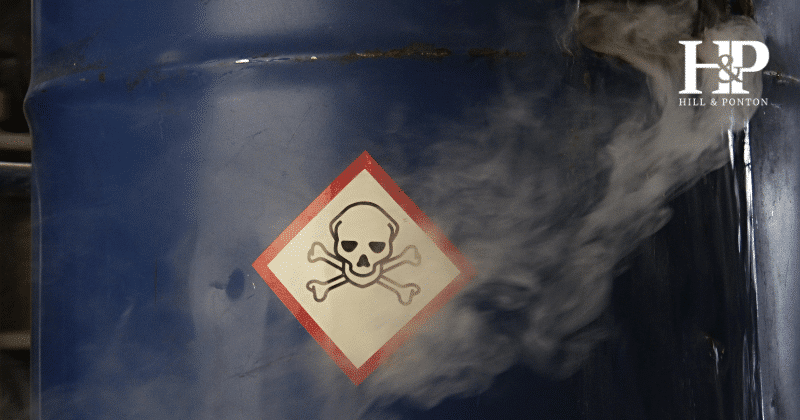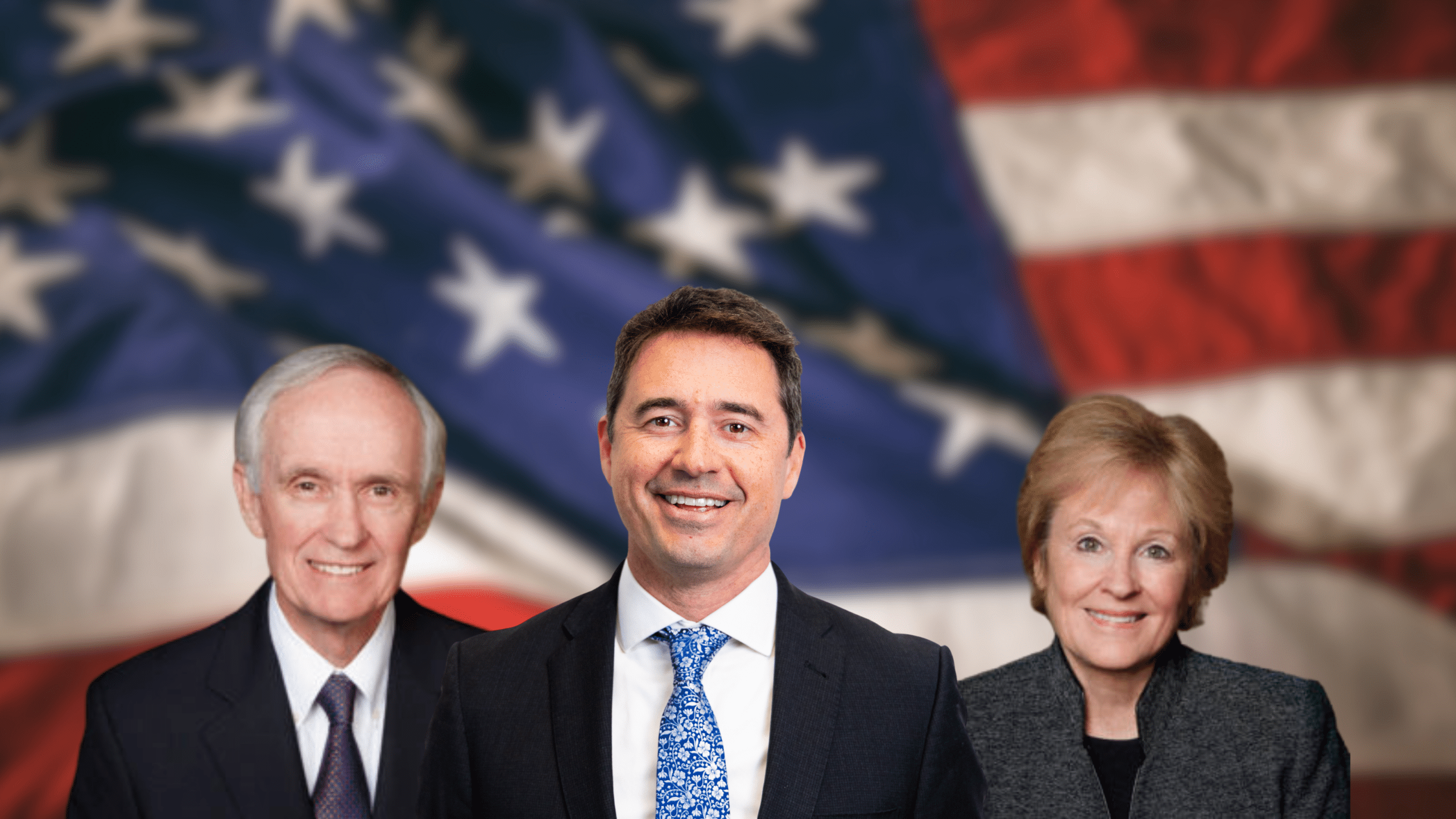Last year, the Naval Facilities Engineering Systems Command released a detailed report about an environmental remediation effort at the Long Beach Naval Station in California.
It discussed how the Navy dealt with contamination at two specific sites on this base.
Various radioactive materials were discovered in the clean up, which prompted concerns on dealing with treating groundwater, monitoring the area and setting restrictions on the land use.
This report, which has been minimally discussed since its release, is important for veterans who served or visited this station and may have been exposed to these contaminants, as it can impact your health and potentially support a claim for VA benefits.
Our goal is to simplify the complex details surrounding this report and provide you with clear, essential information you may need.
Background of Long Beach Naval Station
The Long Beach Naval Station, opened in 1941, was once a busy military destination, but has transitioned over the years since its closure in 1997.
During cleanup efforts, the government discovered hazardous substances, notably the presence of radioactive materials, in two specific locations.
This development is not only a concern for the environmental safety of the area, but also critical information for anyone who served or was a civilian at this facility.
Key Findings of the Report
The Long Beach Naval Station report explained several important details regarding the state of the former military base, including:
- Unexpected Radioactive Materials: Discovery of Radium-226 and Strontium-90 during the cleanup efforts. These are not typical types of contaminants.
- Challenge in Cleanup Strategy: The initial cleanup plans had to be revised to help manage the safety of workers to be able to effectively remove these substances.
- Implementation of Safety Measures: New safety protocols were introduced, as well as land restrictions, to minimize health risks associated with these materials.
Impact on Veterans
In the report, there were two radioactive elements, Radium-226 and Strontium-90, that were identified at the Long Beach Naval Station.
In order to understand the impacts of these on military and civilians who might have been exposed, let’s break them both down for you:
- Radium-226: This is a naturally occurring radioactive metal. In the body, it behaves in many ways like calcium and can be deposited in bones. However, exposure can increase the risk of bone cancer and leukemia. Radium-226 emits alpha particles, which can be very harmful if inhaled or ingested.
- Strontium-90: This radioactive material is often a byproduct of nuclear reactions. Like radium, it mimics calcium in certain ways and can concentrate in bones and teeth. Exposure is often linked to bone cancer, cancer of the soft tissues near the bone and leukemia.
Both elements can also have immediate effects upon exposure, like nausea and fatigue, especially when the exposure is high.
Long-term, the biggest concern is the increased risks of cancers, especially those related to bone and blood.
Veterans who served at this station and are experiencing any health issues post-service, might want to consider these findings in relation to their conditions, especially when filing for VA disability benefits.
Understanding the potential links between service at this site and specific health problems such exposure could help in getting you compensation you rightfully deserve.
How is the government preventing future contamination?
To prevent future exposure to harmful substances at the Long Beach Naval Station, several Land Use Control (LUCs) have been implemented, along with additional safety measures.
These include the following:
- Restricted Land Usage: The area is now primarily for industrial use. It will no longer be available for residential development to minimize public exposure.
- Soil and Water Monitoring: Regular monitoring to help detect potential releases of radioactive materials.
- Safety Protocols for Construction and Excavation: There are now very specific guidelines for any construction or digging projects in the area.
These areas help to protect both current workers at the site and any future visitors, ensuring a safer environment post-cleanup.
What to Do if You Served at Long Beach Naval Station
If you served any length of time at Long Beach Naval Station and believe you may have been exposed to harmful substances.
Here are some important steps to take:
- Get a medical assessment. Get a thorough health examination from a primary care physician or a VA medical professional. Mention your service at the station, the contaminants you may have been exposed to and discuss potential exposure risks.
- Document any symptoms. Keep detailed records of any health issues, no matter how minor they may appear. Documentation and evidence is CRITICAL when applying for VA disability benefits, so the more information you have–the better!
- Get your service records: Gather any service records that show your time at Long Beach Naval Station.
- File a VA claim for disability benefits. File a claim with the VA for any health concerns you believe may be connected to your service at the station.
- Seek legal consultation if needed. If you believe you were wrongfully denied benefits or are struggling with the claims process, seek out knowledgeable resources to help. From a VSO to a disability claims attorney, there are many people willing to advocate for you and help get you the benefits you need.
- Stay informed with new information. Keep up-to-date with any new findings about Long Beach Naval Station. Right now, it’s not talked about much, but there may be additional information you could need in the future.
- If you are a surviving spouse of a veteran who served at Long Beach Naval Station and you feel they may have died due to a condition related to their exposures, you may be entitled to DIC benefits.
Did the VA Deny Your Disability Claim?
Let our team review your case today!
Get a Free Case EvaluationCassandra Crosby, an Accredited Agent and claims advocate for Matthew Hill & Shelly Mark’s teams, reviewed the information provided in this post.



